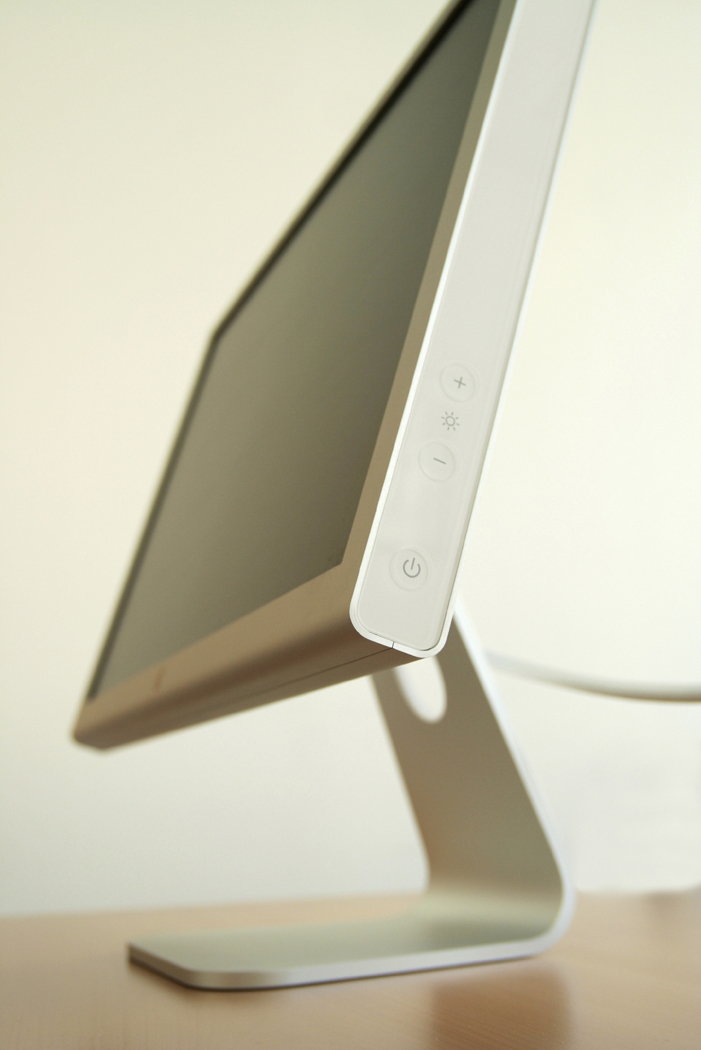
- •Information technology
- •Content
- •Introduction
- •Lesson 1 Computer
- •Lesson 2 Computer (Part II)
- •Lesson 3
- •Lesson 4 Computers
- •Lesson 5 Digital computers
- •Lesson 6
- •Lesson 7 How Information Travels Over the Internet
- •Vocabulary
- •Do the puzzle in pairs :
- •Guess the meaning of the underlined words or phrases
- •Read the text again and answer the questions:
- •Read the article once and mark the sentences t(true) f(false):
- •Make up a dialogue, using the following words/phrases[See conversional
- •Lesson 8
- •Internet in daily life
- •Read the text again. Cover the text and number the sentences in the right order:
- •Lesson 9
- •Lesson 10 The first hackers
- •Lesson 11
- •Lesson 12
- •The early years
- •Lesson 13
- •Lesson 14
- •Lesson 15
- •Grammar reference
- •Reported speech(Lesson 3)
- •Passives
- •Modal verbs (Lesson 6,10)
- •1.Ability
- •3.Possibility
- •4. Obligation: should and ought to
- •2. Have to/have got to
- •1. Needn’t, don’t need to and don’t have to
- •1. Must
- •Conversational formulas
- •Supplementary texts History of computers
- •The Zuse z3 Computer
- •The Atanasoff-Berry Computer
- •Whirlwind installation at mit
- •John von Neumann
- •Wilkes with the edsac
- •Era 1101 drum memory
- •Tv Typewriter
- •Xerox Alto
- •Scelbi 8h
- •Tandem-16
- •Osborne I
- •Apollo dn100
- •Apple Macintosh
- •List of computer’s abbreviations
- •Alu (arithmetic and logic unit) aрифметико-логическое устройство (алу)
- •Key to the test at p. 7
- •Bibliography:
Lesson 4 Computers
Generally, any device that can perform numerical calculations , even an adding machine, may be called a computer but nowadays this term is used especially for digital computers. Computers that once weighed 30 tons now may weigh a little as 1.8 kilograms. Microchips and microprocessors have considerably reduced the cost of the electronic components required in a computer. Computers come in many sizes and shapes such as special-purpose, laptop, desktop, minicomputers, supercomputers.
S

General-purpose computers are much more powerful because they can accept new sets of instructions. The smallest fully functional computers are called laptop computers. Most of the general-purpose computers known as personal or desktop computers can perform almost 5 million operations per second.
Today’s personal computers are known to be used for different purpose: for testing new theories or models that cannot be examined with experiments, as valuable educational tools due to various encyclopedias, dictionaries, educational programs, in book-keeping, accounting and management. Proper application of computing equipment in different industries is likely to result in proper management, effective distribution of materials and resources, more efficient production and trade.
Minicomputers are high-speed computers that have greater data manipulating capabilities than personal computers do and that can be used simultaneously by many users. These machines are primary used by larger research and university centers. The speed and power of supercomputers, the highest class of computers, are almost beyond comprehension, and their capabilities are continually being improved. The most complex of these machines can perform nearly 32 billion calculations per second and store 1 billon characters in memory at one time, and can do in one hour what a desktop computer would take 40 years to do. They are used commonly by government agencies and large research centers. Linking together networks of several small computer centers and programming them to use a common language has enabled engineers to create the supercomputer. The aim of his technology is to elaborate a machine that could perform a trillion calculations per second.
a) Cover the text. In pairs, can you remember what these numbers refer to?
32; 1.8; 30; 40; 1;
b) Give definitions to the following words(use Relative Clauses,see Grammar Reference)
1. laptop computers
2. minicomputers
3. special-purpose computers
4. supercomputers
c) Choose one type of computers and write a report!
